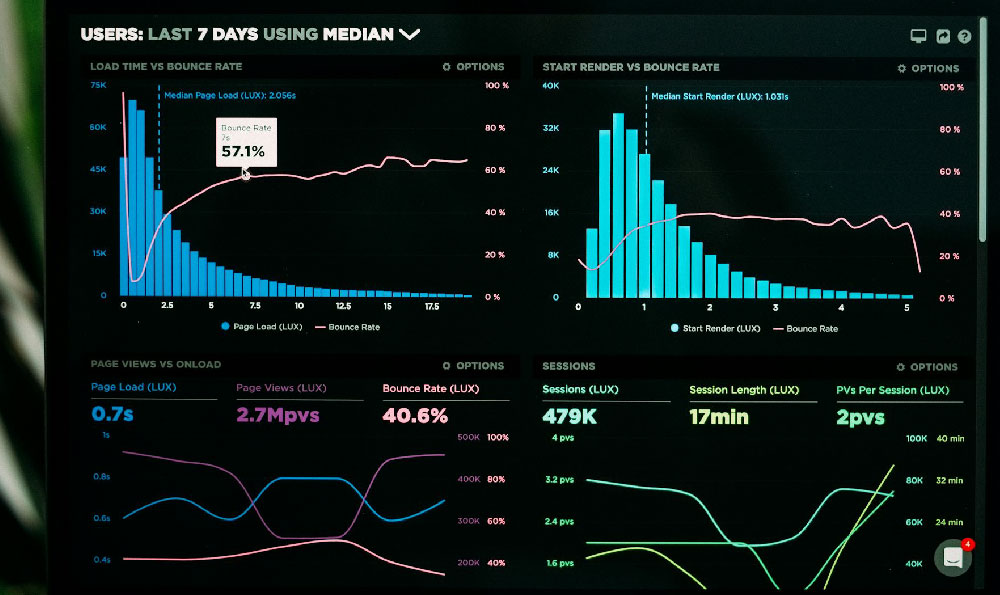Zeffy, a fundraising platform specifically designed for non-profit organizations, operates under a seemingly paradoxical model: it provides its services completely free of charge to these organizations. This begs the crucial question: how does Zeffy generate revenue and sustain its operations? Understanding Zeffy's income streams is essential for both non-profits considering using the platform and for those interested in the innovative business models emerging in the digital fundraising landscape.
Zeffy's primary, and arguably sole, revenue stream relies on the generosity of donors. When a donor makes a contribution to a non-profit organization through the Zeffy platform, they are presented with an option to add a voluntary contribution to Zeffy on top of their intended donation to the non-profit. This is typically presented as a percentage-based suggestion, such as 5%, 10%, or 15% of the donation amount, but donors are free to choose any amount they wish, including zero.
This model hinges on the idea of reciprocity and the inherent goodwill associated with charitable giving. Donors, feeling good about supporting a non-profit, are more likely to also support the platform that facilitates that support. The transparency with which Zeffy operates is crucial to the success of this model. They explicitly state that their services are free to non-profits and that they rely on donor contributions to cover their operational costs. This upfront approach fosters trust and encourages donors to contribute willingly.

The effectiveness of this model is directly tied to several factors. First, the user experience of the platform must be seamless and efficient. A positive experience encourages donors to return and potentially contribute to Zeffy in the future. Second, the reputation and mission of the non-profit organization using Zeffy play a significant role. Donors are more likely to contribute to Zeffy if they strongly believe in the cause they are supporting. Third, the presentation of the contribution option is crucial. It must be clear, unobtrusive, and respectful of the donor's choice. Using persuasive but non-coercive language is key to maximizing contributions.
Beyond these core factors, Zeffy likely invests heavily in optimizing its platform to increase conversion rates – the percentage of donors who choose to contribute. This involves A/B testing different messaging, donation amount suggestions, and user interface elements to identify what resonates best with donors. They probably analyze donor behavior extensively to understand patterns and tailor their approach accordingly. This data-driven approach is essential for maximizing revenue generation within their unique business model.
Furthermore, Zeffy's focus on non-profit organizations provides a niche market with specific needs and characteristics. Non-profits often operate on tight budgets and are highly sensitive to fees and costs. Zeffy's free service offering is therefore a highly attractive proposition. This creates a strong value proposition for non-profits, encouraging them to adopt the platform and, in turn, expose Zeffy to a large pool of potential donors.
The scalability of Zeffy's revenue model is another important consideration. As the platform grows and more non-profits utilize its services, the potential for donor contributions increases proportionally. However, scaling successfully requires maintaining a high level of service, ensuring platform stability, and continuously optimizing the user experience. Any degradation in these areas could negatively impact donor contributions and ultimately hinder the platform's growth.
It is important to note that Zeffy's reliance on voluntary contributions presents inherent risks. Economic downturns, changes in donor sentiment, or increased competition from other fundraising platforms could all negatively impact its revenue stream. Therefore, Zeffy likely employs strategies to mitigate these risks, such as building strong relationships with non-profit partners, diversifying its fundraising efforts, and maintaining a strong brand reputation.
While Zeffy's primary revenue stream is donor contributions, it's plausible they could explore other potential avenues for income generation in the future without compromising their core principle of offering free services to non-profits. For example, they could potentially offer premium features or enhanced support services to larger non-profit organizations on a voluntary subscription basis. These premium offerings could provide additional value to these organizations while generating supplementary revenue for Zeffy. Another potential avenue could involve partnerships with other organizations that align with Zeffy's mission and values. These partnerships could involve cross-promotional activities or co-branded initiatives that generate revenue for both parties.
In conclusion, Zeffy's revenue generation model is a unique and innovative approach that relies heavily on the generosity of donors who voluntarily contribute to the platform. The success of this model hinges on several factors, including a positive user experience, a strong value proposition for non-profits, effective communication and transparency, and continuous optimization of the platform. While this model presents inherent risks, Zeffy's focus on non-profit organizations and its commitment to providing free services position it for continued growth and success in the digital fundraising landscape. Their business model showcases a commitment to ethical fundraising practices, empowering non-profits to focus on their missions while fostering a culture of generosity among donors. It’s a testament to the potential of innovative, mission-driven business models in the modern era.











